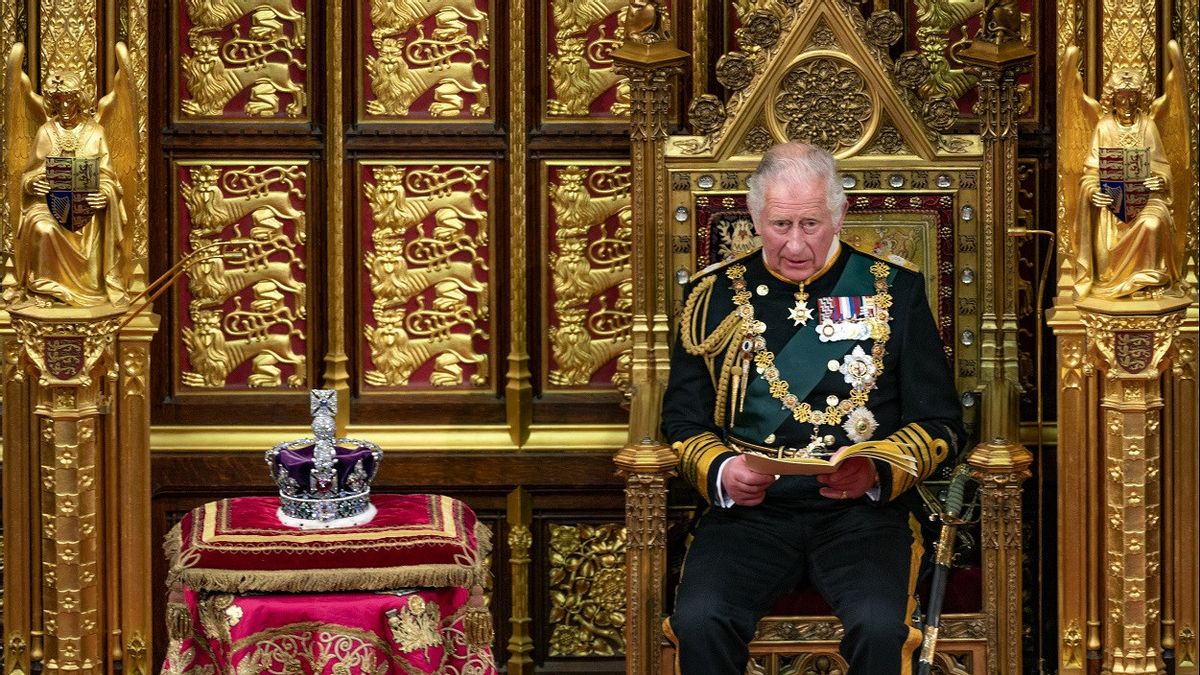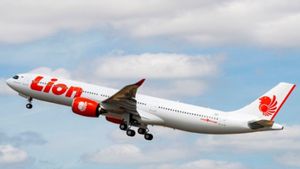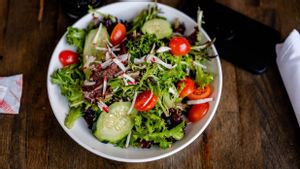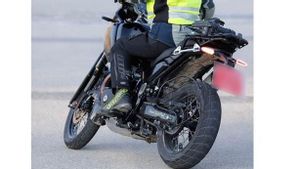JAKARTA - The details of King Charles'appropriation, which will be held in the next three weeks, are slowly starting to be revealed, with the latest news that the ceremony procession which will be held will be shorter than theappropriation of the late mother in 1953.
The King's merit procession is set to span just two kilometers, about a quarter of Queen Elizabeth II's journey through celebrations.
After theappropriation, King Charles and Queen Camilla will return from Westminster Abbey via routes that have been numerous at many royal events.
They will travel through Parliament Square, along Charvains, around Trafalgar Square, via Admiralty Arch and along The Mall before returning to Buckingham Palace, reported The National News April 10.
That would be the opposite of their route to Abbey, but much shorter than Queen Elizabeth II's 8 km return expedition around downtown London, where the 27-year-old Queen waved to crowds along Piccadally, Oxford Street and Regent Street.
Shorter routes have been selected for practical reasons, with preferences for travel commonly used at many royal events, sources said.
Queen Elizabeth II's journey to her conquest on June 2, 1953, about 2.5 km away, took a slightly longer route from King Charles' route by walking along the Victorian Embankment on the banks of the Thames River.
The grand procession in 1953 took two hours and featured tens of thousands of participants, with a 4 km motorcade taking 45 minutes to get past a certain point.
"The selection of routes and modes of transportation is always carefully considered," said a palace official.
"The practicality of shorter routes is the main factor in decision making, as well as the desire to take the familiar route that has been used in many royal events," he continued.
It said theappropriation this time would be simpler, but officials have assured the public it will remain an important event, and plans are being made to ensure that it will be easy to remember.
The more than 260-year-old historic Gold State Coach train will be used by New King Charles and Queen Camilla to be named for the first time in a meritorious procession to return to Buckingham Palace.
Martin Oates, senior train technician at Royal Mews, will walk behind a four-ton train in the procession and act as a "brake carp", pulling a T bar held at the back to hold it at its place when the train stops.
Despite the uncomfortable reputation of the train, Oates said it is now running much smoother than before. He said the four original leather straps that supported the Gold State Coach body had been replaced 15 years ago.
"When you follow it, you can hear it answer it so it sounds like an old galeon passing by," Oates said.
"It's not a washing machine, but if other vehicles just move from back to forward, it's moving from side to side," he said.
It is known, only the king and his empress have been allowed to travel in historic carriages, which have been used in everyappropriation since 1831.
The late Queen Elizabeth II once described her journey to and fromappropriation in a corrugated carriage as "terrible".
The train was also criticized by many kings for uncomfortable. Even King William IV, known as the King of the Seafarers, likened it to being "on a ship floating in a violent sea". Meanwhile, Queen Victoria complained of "trouble oscillation".
As for his departure to theIGN ceremony, King Charles and Queen Camilla will board the Diamond Jubilee State Coach, which has a shock damper on top and is very similar to the car, Oates said.
Black carriages with gold-plated decorations are the latest carriages on Royal Mews, and their aluminum body has been prevented from swaying by six hydraulic stabilizers.
The train was specifically assigned to Queen's Diamond Jubilee in 2012 and has been used several times since then.
Furthermore, this train is also equipped with tackled glass and extra suspensions for smooth travel. The interior is made of objects donated by more than 100 historical sites across the UK and the world.
They include seat handles from Royal Yacht Britania, and fragments from warship Henry VIII Mary Rose, apple tree Sir Isaac Newton and Antarctic base Captain Robert Scott and Sir Ernest
The English, Chinese, Japanese, Arabic, and French versions are automatically generated by the AI. So there may still be inaccuracies in translating, please always see Indonesian as our main language. (system supported by DigitalSiber.id)













